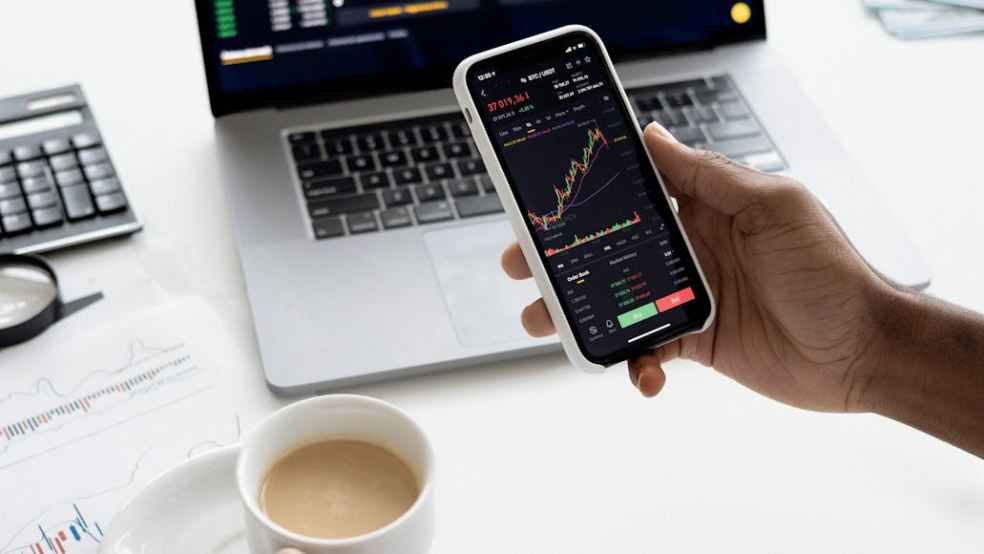
Currency Wars and Dollar Volatility: A Geopolitical and Monetary Power Game
The end of July and early August 2025 marked a turbulent phase in global currency markets, with the U.S. dollar experiencing a sudden rally followed by a notable reversal. This sequence of strength and weakness was not random—it reflected the deep interplay between trade policy, central banking, political narratives, and international reactions. In particular, the return of tariff politics in the U.S., rising inflation concerns, and retaliatory policies by global powers have revived debates over currency manipulation and economic sovereignty.
The Dollar’s Rollercoaster: Policy-Driven Volatility
The initial strengthening of the U.S. dollar in late July was largely fueled by aggressive rhetoric from the U.S. administration about imposing renewed tariffs on Chinese and European imports. Markets interpreted this as a sign of looming inflationary pressures, pushing yields on U.S. Furthermore, hawkish tones from several Federal Reserve officials suggested that interest rates could remain elevated into 2026 to combat underlying price instability, lending the greenback additional momentum.
However, as August began, signs of diplomatic strain began to affect confidence. These moves raised fears of a currency war—a coordinated or uncoordinated devaluation spiral that would erode the dollar’s perceived safety. Simultaneously, U.S. political uncertainty, especially around election narratives and trade isolationism, began to weigh on investor sentiment, resulting in a sharp pullback in the dollar index.
Central Banks, Tariffs, and Global Power Rebalancing
The European Central Bank and the People’s Bank of China both issued subtle but strategic signals suggesting they might tolerate currency depreciation to defend export competitiveness. Currency management, once a taboo in developed economies, has become an implicit tool of economic defense in an increasingly protectionist world.
This is not the first time tariffs and monetary policy have clashed. The Trump-era trade wars had already demonstrated how quickly protectionist measures can ripple through FX markets, triggering retaliatory action and undermining policy credibility. What’s different now is the greater willingness of allies and competitors alike to defend their monetary autonomy, even at the risk of undermining global monetary coordination.
Europe’s Fragile Response and the Emerging Market Echo
Europe, caught between economic stagnation and the fear of another inflation wave, has struggled to articulate a cohesive response. While Germany and France push for strategic autonomy, smaller EU economies fear that a trade war with the U.S. would devastate export sectors. Internally divided, the EU’s response has been slower and more reactive, a factor that weakens the euro in the short term.
Emerging markets, from Latin America to Southeast Asia, have been even more exposed. Their currencies, highly sensitive to capital flight and commodity fluctuations, have seen extreme volatility. Many have turned to capital controls and FX reserves to avoid disorderly depreciation, while others have started exploring digital currency alternatives to reduce dependence on the dollar system.
Currency Wars and Modern Speculation: The Role of CFD Trading
In such a volatile and politicized currency environment, speculative strategies like CFD trading (Contracts for Difference) have gained renewed attention. This method allows traders to profit from both upward and downward movements in currency pairs without owning the underlying assets, making it ideal for navigating turbulent swings in forex markets. Amid rumors, policy shifts, and macroeconomic surprises, agile trading strategies are proving more effective than traditional hedging tools.
As the dollar continues to oscillate between strength and fragility, and as geopolitical power struggles take on a monetary dimension, currency traders are forced to interpret not just economic indicators, but also diplomatic signals and ideological shifts. The new global currency battlefield is not only about central bank policies, but also about who sets the rules of trade and how those rules are enforced—or challenged.











